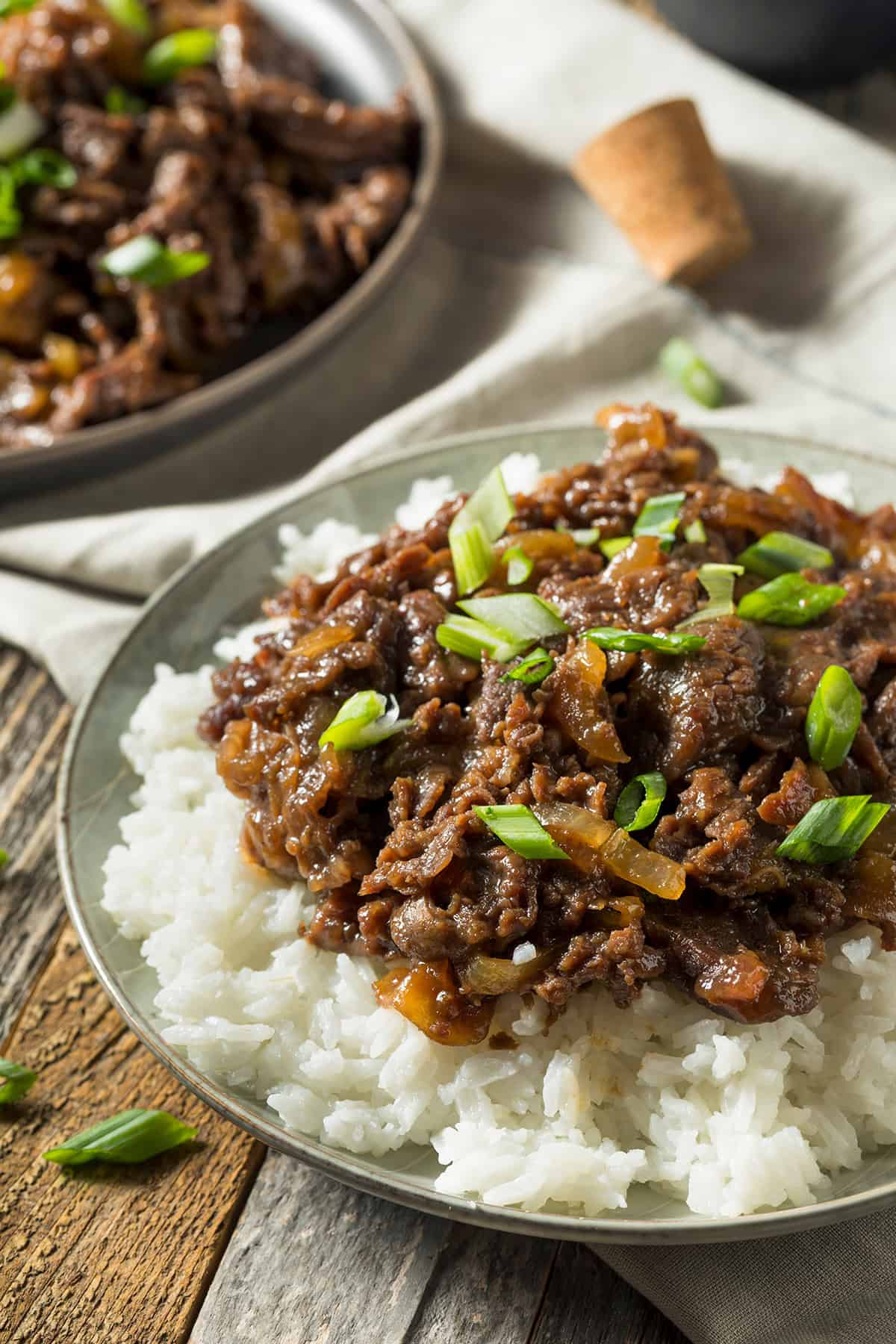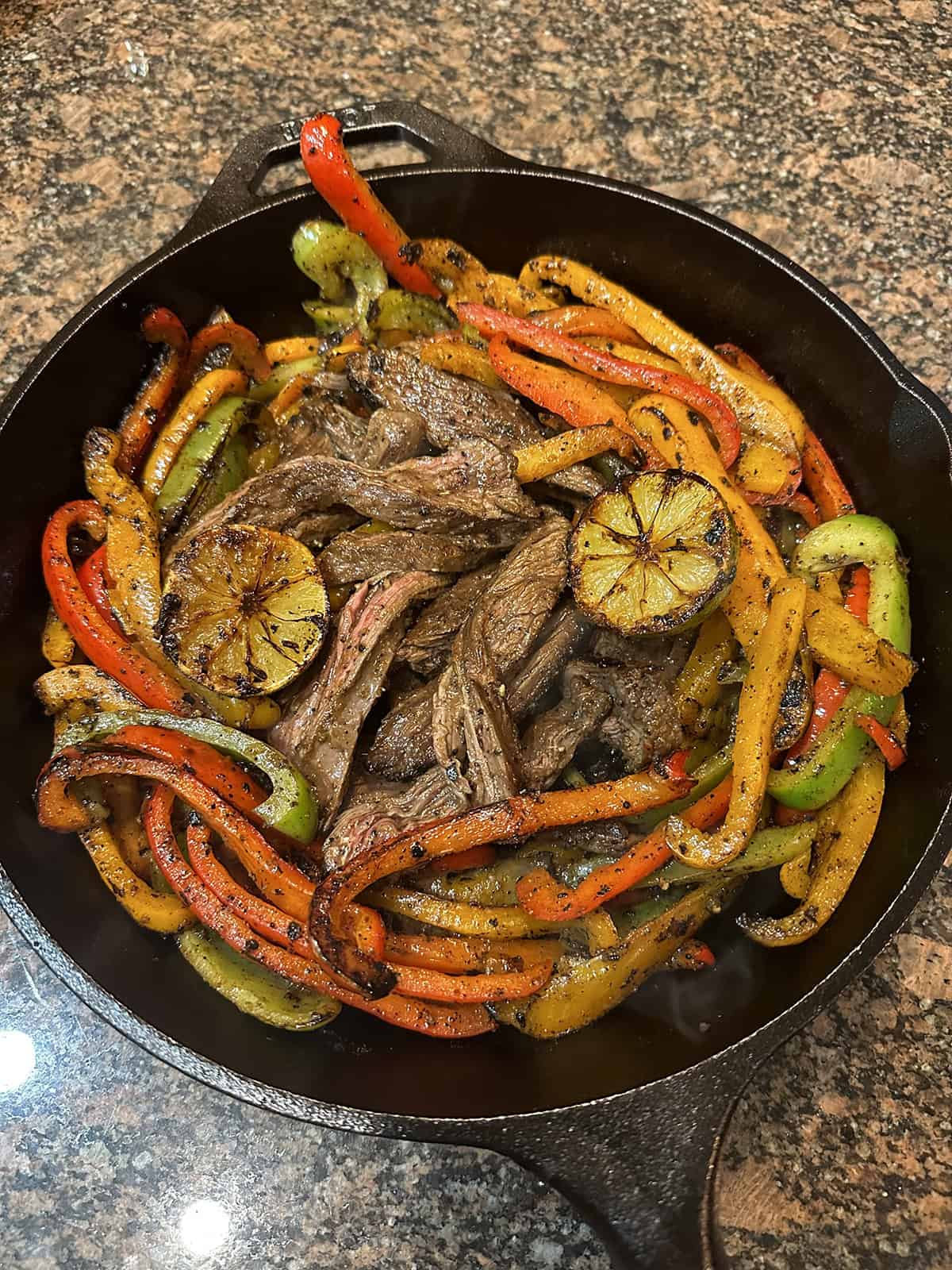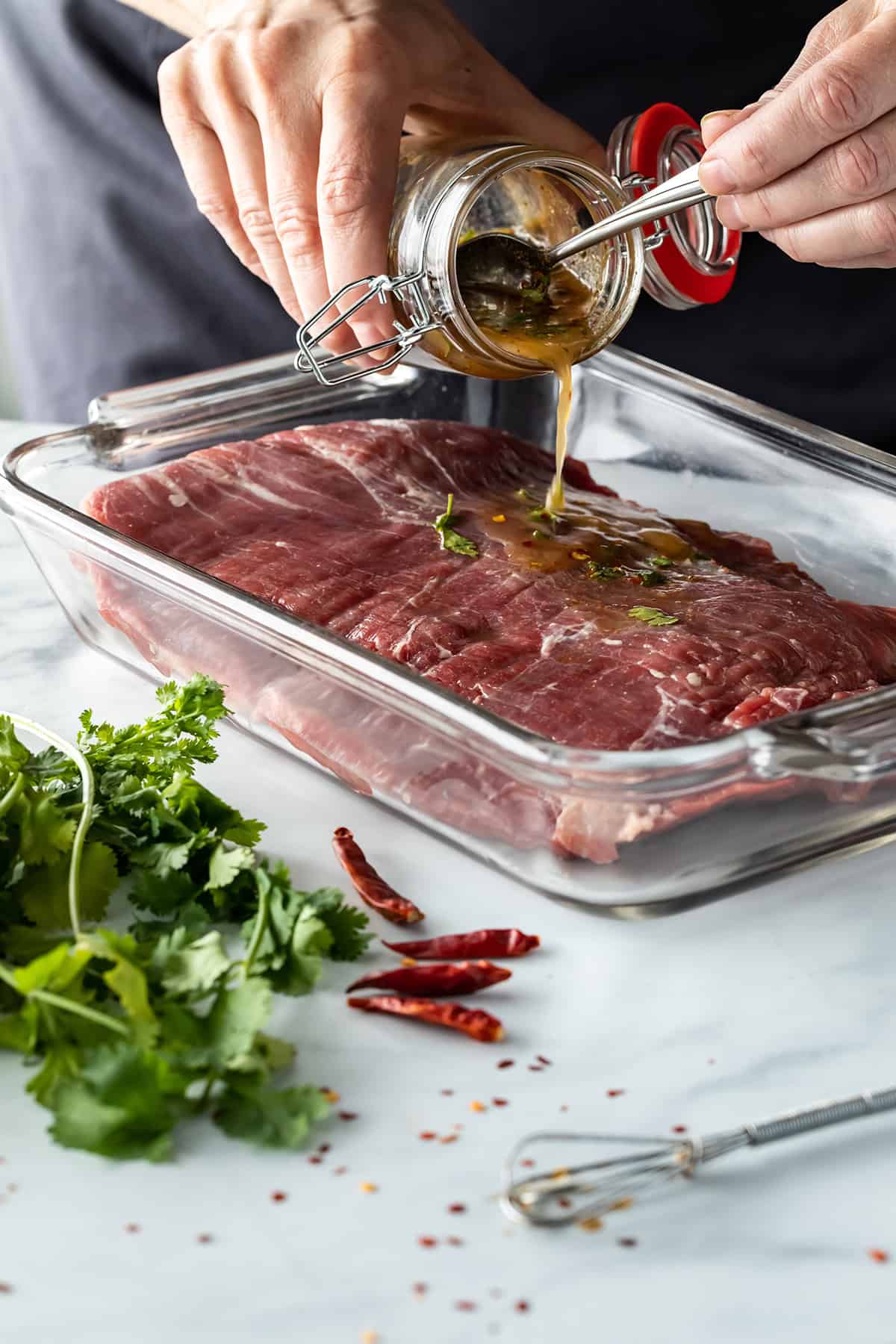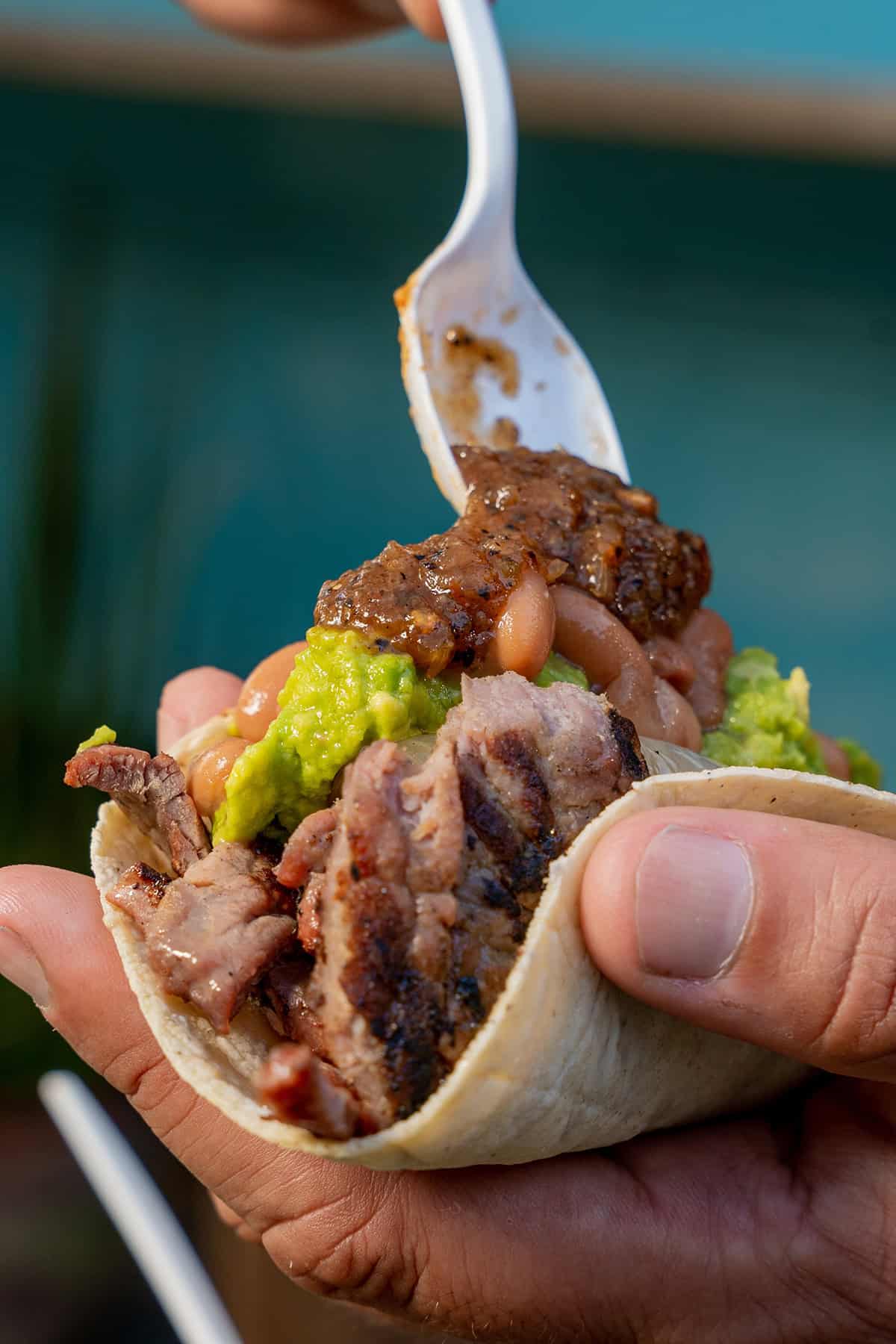When it comes to steaks, there’s no such thing as “too big.” And when it comes to steak cuts, there are very few that are more famous than the classic tomahawk steak. So, what are the measurements of a tomahawk steak?
A tomahawk steak is cut according to the size of the rib bone. As such, it will generally measure 1.5 inches in thickness, though some tomahawk steak cuts can be as thick as 3 inches. Tomahawk steaks will generally weigh around 24 and 45 ounces (850 and 1,276 grams).
If you’d like to learn more about tomahawk steaks, I invite you to continue reading. In the following sections, I will discuss what a tomahawk steak actually is, its size and weight, how it compares to traditional ribeye steaks, and why it is so highly valued.
What Is a Tomahawk Steak?
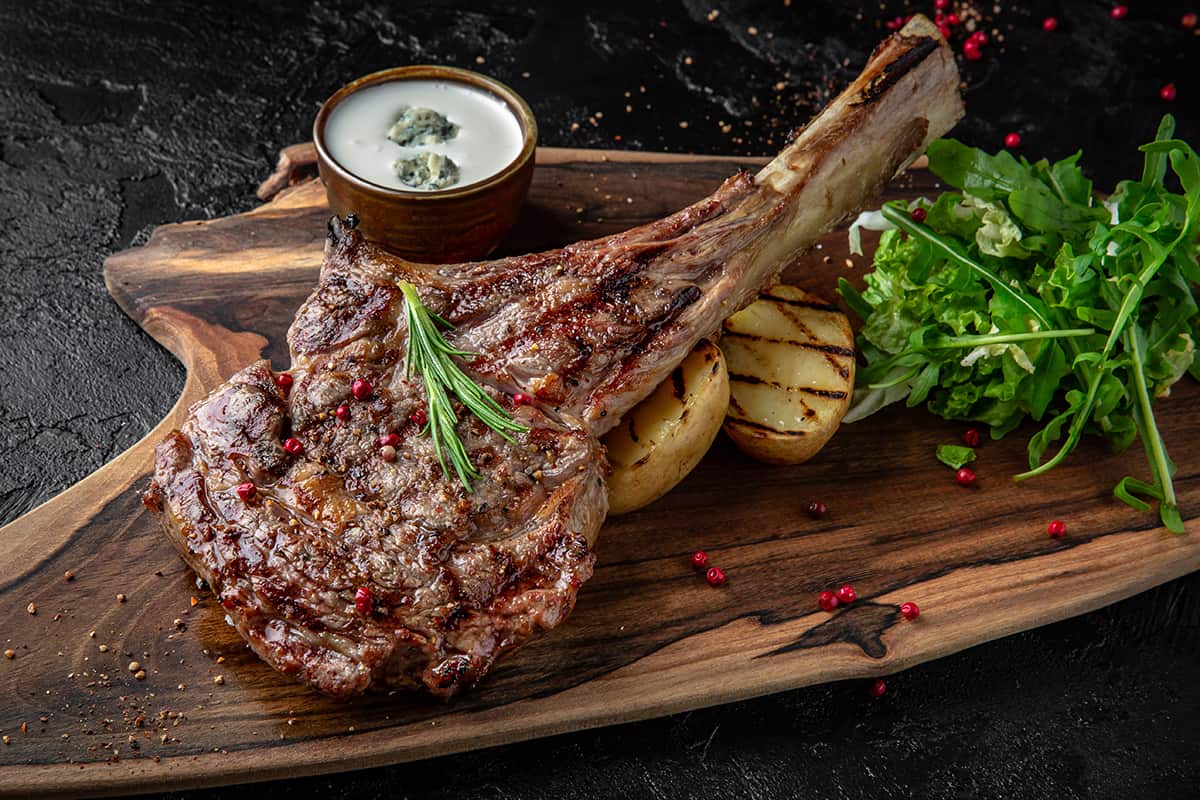
While a tomahawk steak, which also goes by the name cowboy steak, is easily distinguishable by its unique shape, it is actually not much different from a regular ribeye steak. In fact, both steak cuts originate from the same part of the cow—namely, the rib.
Tomahawk steaks are prepared in such a way that the bone clings to the meat. It has only been trimmed to include the eye, the cap, and the complexus muscle of the ribeye. In other words, a tomahawk steak is just a fancy bone-in ribeye steak.
In each cow, there are 14 ribs in the ribeye portion of a cow. Depending on how your butcher prepares the meat, you can get as many as 14 tomahawk steaks per cow, though some butchers that sell whole cow carcasses tend to provide between eight and ten tomahawk steaks, leaving the rest for ribeye steaks.
Tomahawk Steak Size and Weight

Each and every tomahawk steak is unique in size since every cow does not grow the same way. That said, we can reliably estimate the size and weight of a tomahawk steak whenever we pay our butcher a visit.
Tomahawk steaks generally measure between 1.5 and 3 inches in thickness and can weigh upwards of 32 ounces. Some of the largest tomahawk steaks will measure close to 45 grams!
The actual size and weight of a tomahawk steak will depend on which ribs the butcher takes from the ribeye section of the cow. Since the ribeye portion sits between the 6th and 12th rib on each side, you should expect to get at least two equal cuts per whole cow carcass with slight differences in size and weight with each subsequent cut.
Tomahawk vs. Ribeye Steaks
Since tomahawks and ribeye steaks are derived from the same ribeye section of the cow, how can you tell them apart? The distinguishing factor of a tomahawk steak is the bone.
Tomahawk steaks are bone-in ribeye steaks, with the bone being “Frenched” to give it a handle-like appearance. Basically, the butcher will have scraped any residual meat from the bone as they would a rack of lamb.
To the uninitiated, the presence of a bone may not have much purpose other than aesthetics, but this is far from the truth. The bone in a tomahawk steak will affect the cooking process and its tenderness, giving it a more developed taste and tenderer mouthfeel with every bite.
The bone serves as an insulator, which causes the surrounding meat to cook more slowly at first. However, after reaching high temperatures, the bone will retain much of its heat for longer, which can further cook the surrounding meat beyond your preferred level of doneness. This isn’t a problem for traditional ribeye steaks.
Tomahawk steaks are traditionally reverse seared, which differs from ribeye steaks that are seared like any other cut of steak. Reverse searing involves cooking the tomahawk steak and bringing it about 10 to 15 degrees close to doneness (135 degrees Fahrenheit for medium-rare) and cranking the grill or stove to sear the steak’s exterior until reaching the doneness level you desire.
Why Are Tomahawk Steaks Expensive?

The primary reason that tomahawk steaks are so costly is that they are derived from the ribeye section of a cow. As such, they are large, heavy cuts with marbled fat that extends throughout the steak. Also, because the ribeye portion has very little muscle, butchers do not need to trim nearly as much connecting tissue, which means buyers get more meat with their purchase.
In addition, tomahawk steaks go through a lengthy process of trimming to give them their unique ax-style appearance. Roughly five inches of meat is scraped off the bone with surgeon-like precision, which produces a handle that diners can grip while tearing through the meat’s flesh.
Another factor that could influence the steep price of a tomahawk as opposed to other steak cuts is its size. After all, the more you buy, the more you end up spending. As previously stated, tomahawk steaks can weigh between 24 and 45 ounces, but in the end, you might end up sharing a single tomahawk steak between two hungry diners.
Last but not least, we can’t ignore the fact that marketing plays a huge role in inflating the cost of tomahawk steaks. Their ready-to-eat appearance, combined with the excitement of eating a steak that has undergone such a lengthy preparation process, has given beef marketers a way to promote the heck out of the famous steak cut.
Tomahawk Steak Alternatives
If you’re unsure whether you want to spend upwards of $80 on a single steak, I have good news for you. You can substitute a tomahawk steak with other steak cuts and still enjoy a romantic dinner with your partner.
There are several flavorful cuts of beef from a single cow, and many of them are fairly inexpensive. Below, I’ll mention and offer a quick description of the common substitutes for tomahawk steaks.
Ribeye Steak—just as tender and juicy as tomahawk steaks but without the fuss of dealing with a bone.
Sirloin Steak—quicker and easier to cook than tomahawk but still retains much of its flavor, despite the lack of marbling.
New York Strip—a cut of steak from the short loin and is connected to a rarely-used muscle, making it a tender and juicy alternative.
T-Bone Steak—the traditional steak we grew up watching on TV, T-bone steaks offer the best of both tender filet and strip loin worlds.

